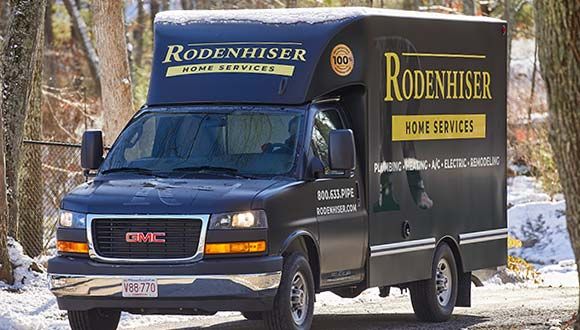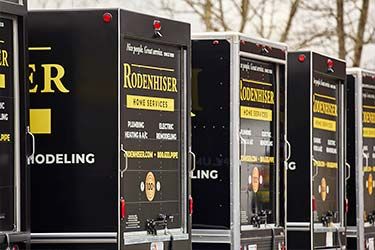
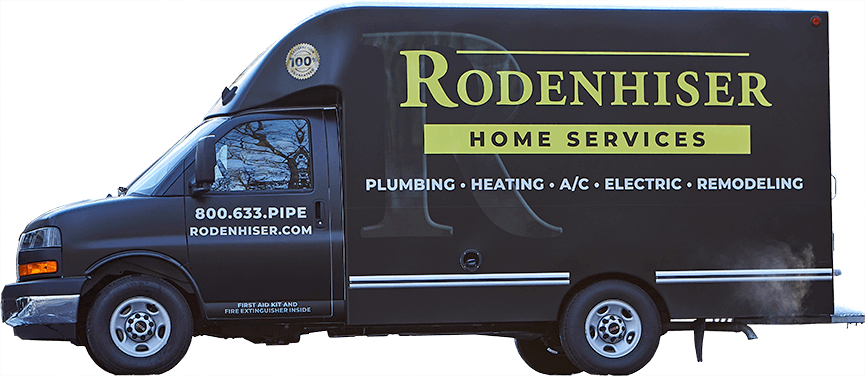
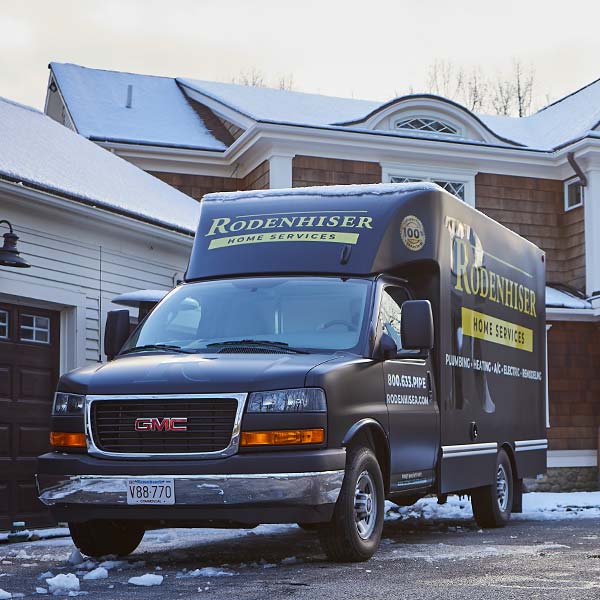

When you're choosing a new heat pump, sizing it correctly will ensure that it will perform at the efficiency level the manufacturer promises.
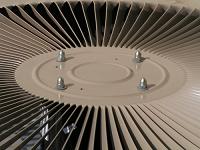
Heat pumps both cool and heat homes by moving heat from one place to another. In the cooling mode, they take it outdoors and in the heating mode, they extract it from the outdoor air and bring it indoors.
HVAC contractors use software called Manual J to perform a load calculation on your home that tells them what the size should be in tonnage. The inputs for the Manual J calculation include:
One of the benefits of calculating the size using Manual J is that you can see if improving the insulation level in the attic and sealing air leaks would make a difference in the size of the heat pump you need. Being able to choose a smaller system will save you money initially and over the life of the equipment.
Another significant benefit of proper heat pump sizing is that your system won't short cycle; short cycling means it runs in brief periods and turns on and off frequently. This drives up energy bills, leaves humidity behind and increases wear on the parts. The evaporator coil inside the blower won't get cold enough to remove uncomfortable humidity, leaving you feeling warmer and putting your home at risk for mold, dangerous for both you and your home's structure.
The system should run for 15 minutes during a cycle for maximum humidity removal. A system that's too small won't be able to handle the worst weather we experience.
If you'd like to learn more about a heat pump and proper sizing techniques, contact Rodenhiser Plumbing, Heating & Air Conditioning. We've provided outstanding HVAC services for the Route 495/128 area of Medway MA since 1928.
Image via Shutterstock.com





Both Alex and Patrick were knowledgeable, courteous, and professional. They made a change that might have solved the recent problem and have structured a more complete solution. We agreed to this...
Mike was thorough, thoughtful and considerate. Covered their shoes before entering, surveyed my issue and provided an explanation of the services and costs. Great Job!
Alex did a great job providing an explanation of the services provided and went out of his way to offer assistance/advice on other issues outside of our scheduled maintenance visit.
Brian did an excellent job inspecting our 18-year old boiler and replacing some of the accessory hardware that needed it, he also adjusted the outgoing hot water settings for our radiators and...
Rodenhiser is my one stop shop!!! They take care of my HVAC, electrical, and plumbing issues & are always helpful addressing any questions I may have about the systems in my house! Everyone...
Chris G. and Nick V. showed up bright and early at 8am to fix my water heater issue. They were on time, polite and were able to fix an issue that has been plaguing my house for a good year. They...
When you are looking for plumbing, electrical, heating or air conditioning in the Route 495 / 128 area, you will be delighted that you called Medway MA' trusted choice since 1928.
With a total dedication to professional workmanship and excellent service, discover why families and businesses continue to trust Rodenhiser after generations of service
